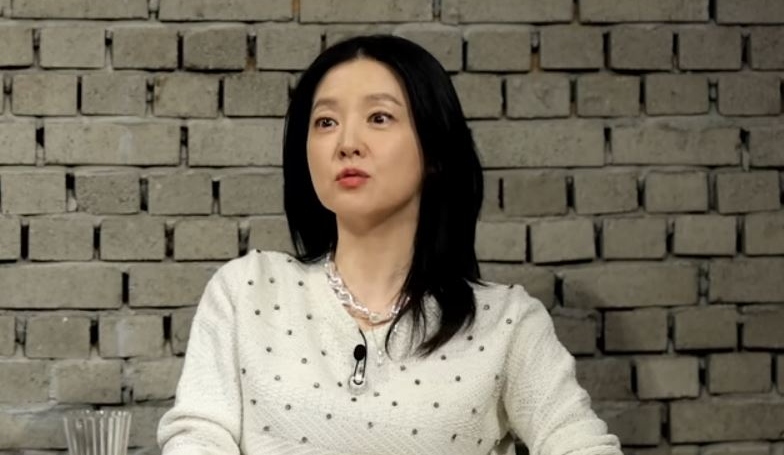The ongoing controversy surrounding alleged text messages between actor Kim Soo Hyun and the late actress Kim Sae Ron from 2016 has taken a new turn. In a move to address the claims publicized by HOVERLAB, Kim Soo Hyun’s side has reportedly hired a specialist to conduct an “Author Identification Assessment” on the disputed texts.
On April 9th KST, the Trubaum Research Center released the findings of this assessment, which compared the 2016 messages with verified text messages sent by Kim Soo Hyun to his acquaintances in 2025. This direct request for analysis and provision of recent text data by Kim Soo Hyun’s team underscores their commitment to disputing the authenticity of the older communications.
According to the report, an “Author Identification Assessment” employs statistical methods to determine if documents from different time periods were likely written by the same person. This involves a quantitative analysis of the frequency of various parts of speech and their average usage across 18 distinct linguistic features. By establishing an individual’s unique linguistic fingerprint, the assessment calculates the probability of shared authorship.

Interestingly, Trubaum’s analysis found “no statistically significant differences” between messages allegedly exchanged between Kim Soo Hyun and Kim Sae Ron in 2018 (note the discrepancy in the year compared to HOVERLAB’s claim of 2016) and the sample messages from Kim Soo Hyun’s 2025 communications. The probability of Kim Soo Hyun being the author of the 2018 messages was calculated at a significant 92%.
However, the findings regarding the 2016 messages presented a different picture. Trubaum identified “statistically significant differences” in the linguistic patterns when comparing these older texts with the 2025 samples. The assessment reportedly indicated a “high probability” of 95% that the messages from 2016 were not written by Kim Soo Hyun.
This development comes after HOVERLAB publicized recreated text messages allegedly proving a romantic relationship between Kim Soo Hyun and Kim Sae Ron in 2016, a time when Kim Sae Ron was still a minor. The “reliability” of these recreated messages has been a point of contention, prompting Kim Soo Hyun’s side to engage a private firm specializing in court evidence assessment to challenge their validity.
Kim Soo Hyun’s decision to employ this specialized linguistic analysis highlights a strategic move to scientifically refute the claims made by HOVERLAB. The results of the “Author Identification Assessment,” particularly the high probability that the 2016 messages were not authored by him, could significantly impact the ongoing public discourse surrounding this issue.






